Make Your Own Precast Deck Footings
Precast deck footings speed process, although digging through boulders takes time.
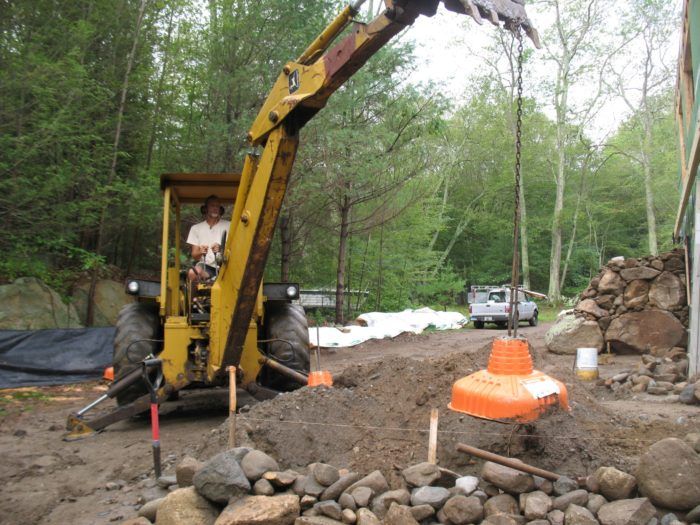
The deck wraps around the south and east sides of the house – that means a lot of footings – seven total.
We dug shallow funnel-shaped holes and put the footing bases upside down in the holes – then hammered 3 ft. pieces of #5 rebar into the dirt in the center of the footings:
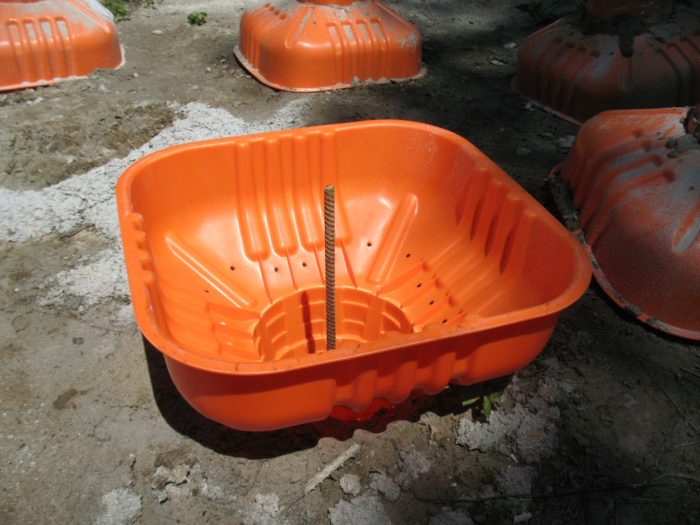
When the foundation was poured I knew there would be some extra concrete so we cast the footing bases ahead of time:
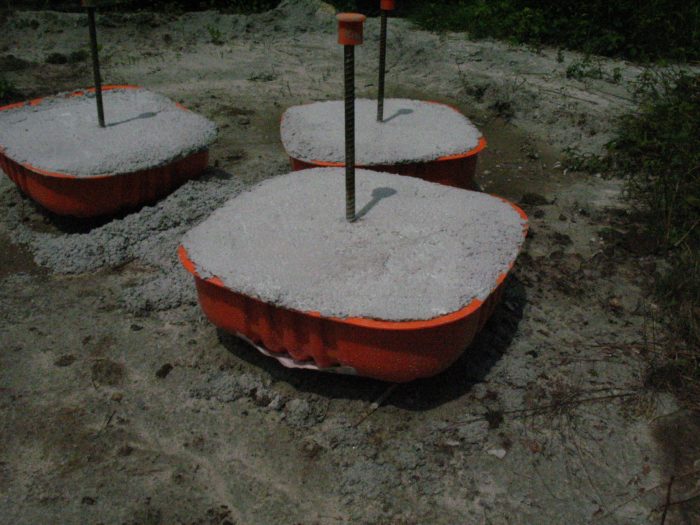
When the concrete cured we popped the footings right-side up:
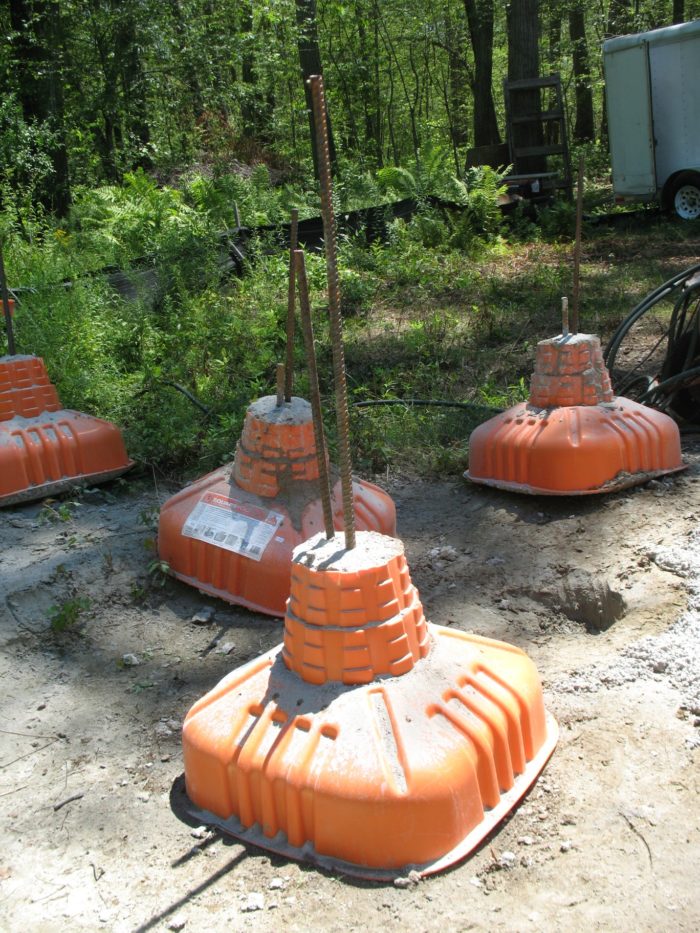
I dug the footing holes with my backhoe – ordinarily this would have taken an hour or two, but with the number of large rocks in the area it took almost a whole day. I ran string lines to precisely position the footing bases and dropped one in each hole with the backhoe bucket. With a little hand-jockeying I got them positioned precisely:
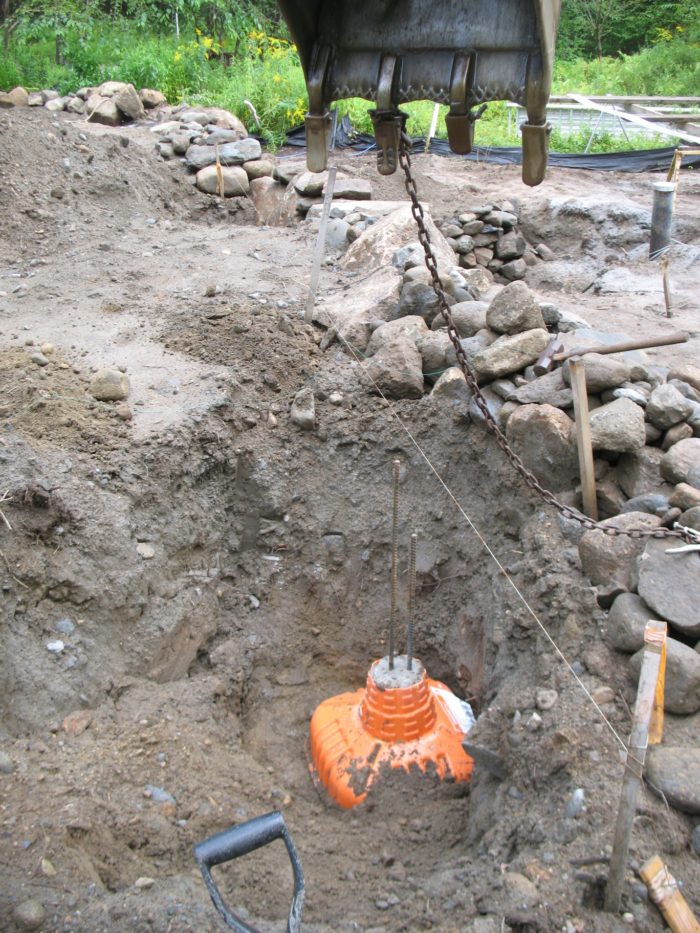
After hand-shoveling soil around the bases, I placed 12-in. footing tubes over the tops and continued to backfill. With every 8 in. of soil added by hand or bucket, I compacted to ensure minimal settling.






View Comments
Is there not a concern that the rebar sticking out the bottom will corrode and cause the footing to spall?
No concern really. In the scale of time, it would take a very very long time for the protruding rebar to corrode away and any spalling would be confined to a small area around the rebar. If you have a concern, you can 'J' bend the rebar before driving it into the form. That way the steel would be encased in the concrete. Even if the rebar was bent within the concrete itself there will likely be ground water absorbed and corrosion going on.
Hanging those footings off a single bucket tooth does not seem to be a great idea.
Great idea.